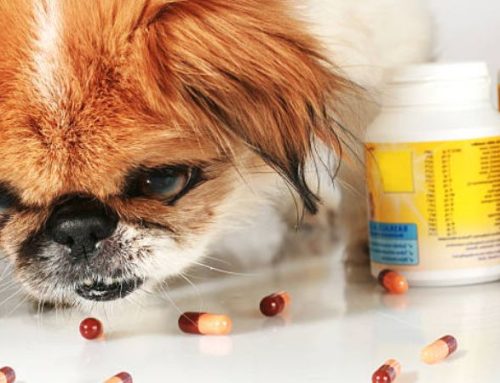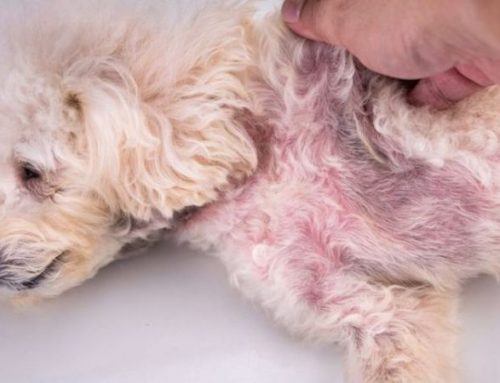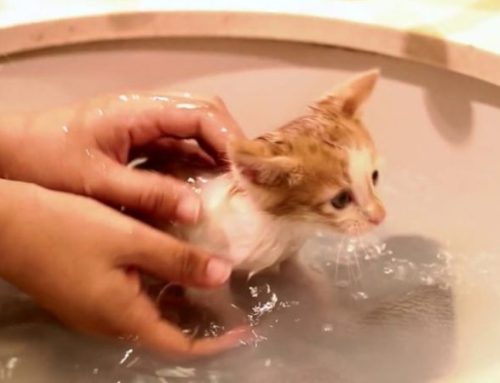Cats may be small, but their mouths are packed with a surprisingly precise set of teeth designed for hunting, grooming, and crunching food. Whether you’ve noticed your kitten gnawing on toys or wondered why your adult cat’s bite is so sharp, understanding their dental development is key to keeping them healthy.
In this guide, we’ll break down how many adult teeth cats have, trace the journey from baby teeth to a full set of 30 permanent teeth, and explore what every cat owner should know to support their feline’s dental health from kittenhood to adulthood.
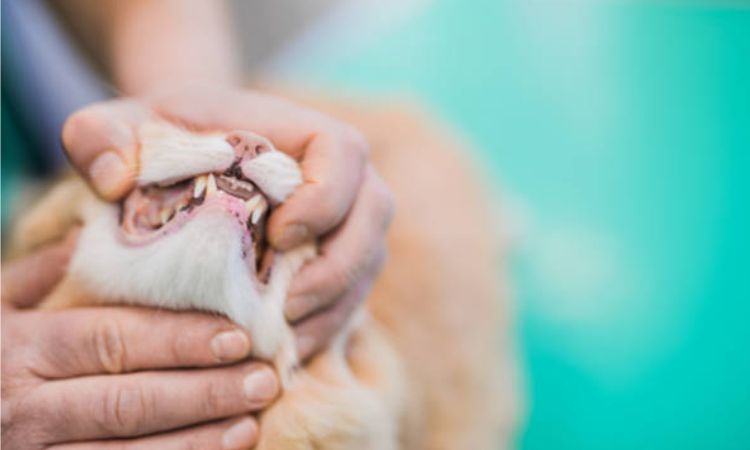
How Many Teeth Do Adult Cats Have?
Adult cats typically have 30 permanent teeth, a full set designed for hunting, chewing, and grooming. These teeth are larger, stronger, and less translucent than the smaller, sharper 26 baby teeth kittens are born with. Understanding the number and types of adult cat teeth is essential for proper dental care and early detection of oral health issues.
Breakdown of Adult Cat Teeth
Adult cats have four main types of teeth, each serving a specific function:
- Incisors (12 total):
- Small teeth at the front of the mouth.
- Six on the upper jaw and six on the lower jaw.
- Used for grooming, picking up small objects, and nibbling food.
- Canines (4 total):
- Long, pointed teeth located on either side of the incisors.
- Two on top, two on the bottom.
- Designed for grabbing, holding prey, and tearing food.
- Premolars (10 total):
- Sharp, serrated teeth situated behind the canines.
- Six on the upper jaw, four on the lower jaw.
- Help shear food into manageable pieces and assist in chewing.
- Molars (4 total):
- Found at the very back of the mouth.
- Two on the top jaw, two on the bottom jaw.
- Used to crush and grind harder foods.
- Kittens do not have molars—these only appear when adult teeth come in.
Comparing Adult Teeth with Kitten Teeth
- Kittens: 26 baby (deciduous) teeth—12 incisors, 4 canines, 10 premolars.
- Adult Cats: 30 permanent teeth—12 incisors, 4 canines, 10 premolars, 4 molars.
This transition from 26 to 30 teeth occurs gradually as kittens lose their baby teeth, usually starting around 3–4 months of age and completing by 6–7 months. Baby teeth are smaller, sharper, and more translucent, while adult teeth are stronger, more durable, and built to last a lifetime.
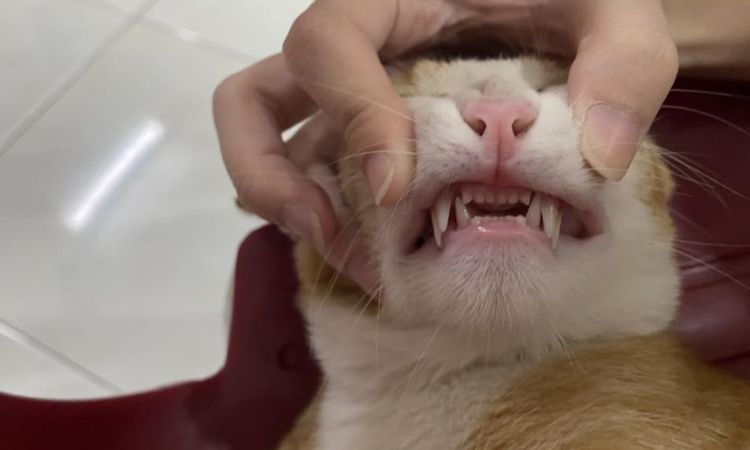
When Do Cats Get Their Adult Teeth?
Cats go through a fascinating dental transformation as they grow, moving from a set of 26 baby teeth to a full set of 30 permanent adult teeth. Understanding when and how this process occurs is essential for monitoring your cat’s oral health and spotting potential issues early. Most cats complete this transition between 4 and 7 months of age, but the timeline can vary slightly depending on the individual cat.
3.5–4 Months: Incisors Begin to Fall Out
Around 3.5 to 4 months, your kitten’s baby incisors—the small teeth at the front of the mouth—begin to loosen and fall out. At the same time, the adult incisors start to erupt. These teeth are slightly larger and stronger than the baby teeth, enabling your cat to grip food more effectively and continue their grooming habits.
4–5 Months: Canines and Premolars Transition
Between 4 and 5 months, the baby canines and premolars start to be replaced. This is the stage when your kitten’s long, sharp fangs (canines) and the shearing premolars begin to come in. At this time, the first molars also start to erupt. This stage may cause mild discomfort, and you may notice your kitten chewing on toys or soft objects more than usual.
5–7 Months: Full Adult Set Emerges
By the time your kitten reaches 5 to 7 months of age, the eruption process is typically complete, resulting in a full set of 30 adult teeth:
- 12 incisors – six on the top, six on the bottom
- 4 canines – sharp fangs for grasping and tearing
- 10 premolars – used for cutting and shearing food
- 4 molars – located at the back of the mouth for grinding
By around 6 months, most cats will have all their adult teeth in place, though minor variations in timing are normal.
Key Notes for Cat Owners
- Some kittens may retain one or more baby teeth, known as retained deciduous teeth, which can cause misalignment or crowding if not addressed.
- During teething, mild drooling, gum sensitivity, or increased chewing behavior is common, but severe discomfort or signs of infection should prompt a veterinary visit.
- Regular dental checks, even during the teething period, can ensure your cat’s teeth erupt properly and remain healthy for life.
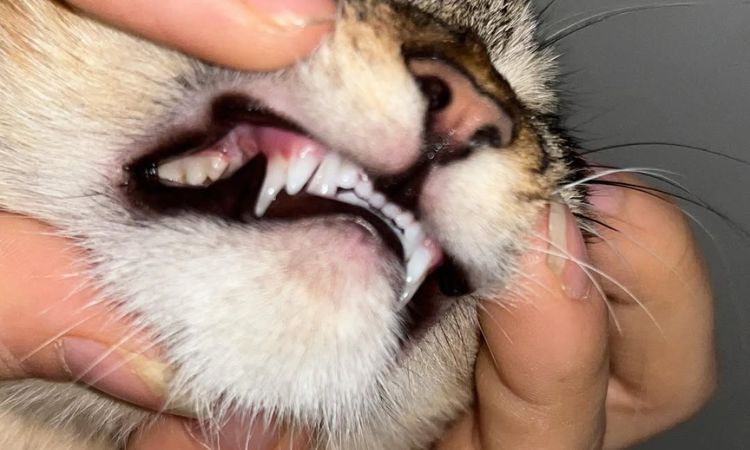
Why Is Dental Health Important for Cats?
Dental health is about far more than fresh breath it’s a crucial component of your cat’s overall wellbeing. Healthy teeth and gums allow your cat to eat comfortably, play, and enjoy daily life without pain. Neglecting oral care can lead to a variety of serious problems:
- Prevents Dental Disease: Cats are prone to periodontal disease, gingivitis, tooth decay, and tooth resorption. Left untreated, these conditions can cause pain, tooth loss, and infections.
- Supports Whole-Body Health: Oral health problems don’t just stay in the mouth. Infections and chronic inflammation in the gums can affect vital organs like the heart, liver, and kidneys. Maintaining healthy teeth can contribute to a longer, healthier life.
- Improves Quality of Life: Cats with healthy teeth eat better, groom more effectively, and interact happily with their owners. Painful mouths can make them irritable, reduce their appetite, and limit their activity.
- Early Detection of Problems: Regular dental care, including check-ups and observation at home, allows you to spot issues early before they become painful or require extensive treatment.
Knowing that your feline companion relies on a healthy set of 30 adult teeth for everything from eating to playing is the first step in responsible pet ownership. By keeping a close eye on your kitten during their dental transition typically completed by six months of age and committing to regular veterinary check-ups, you ensure that these crucial permanent structures stay strong and healthy for years to come. Ultimately, proactive care is the best defense against common dental issues, guaranteeing your cat can chew, hunt, and live comfortably.


